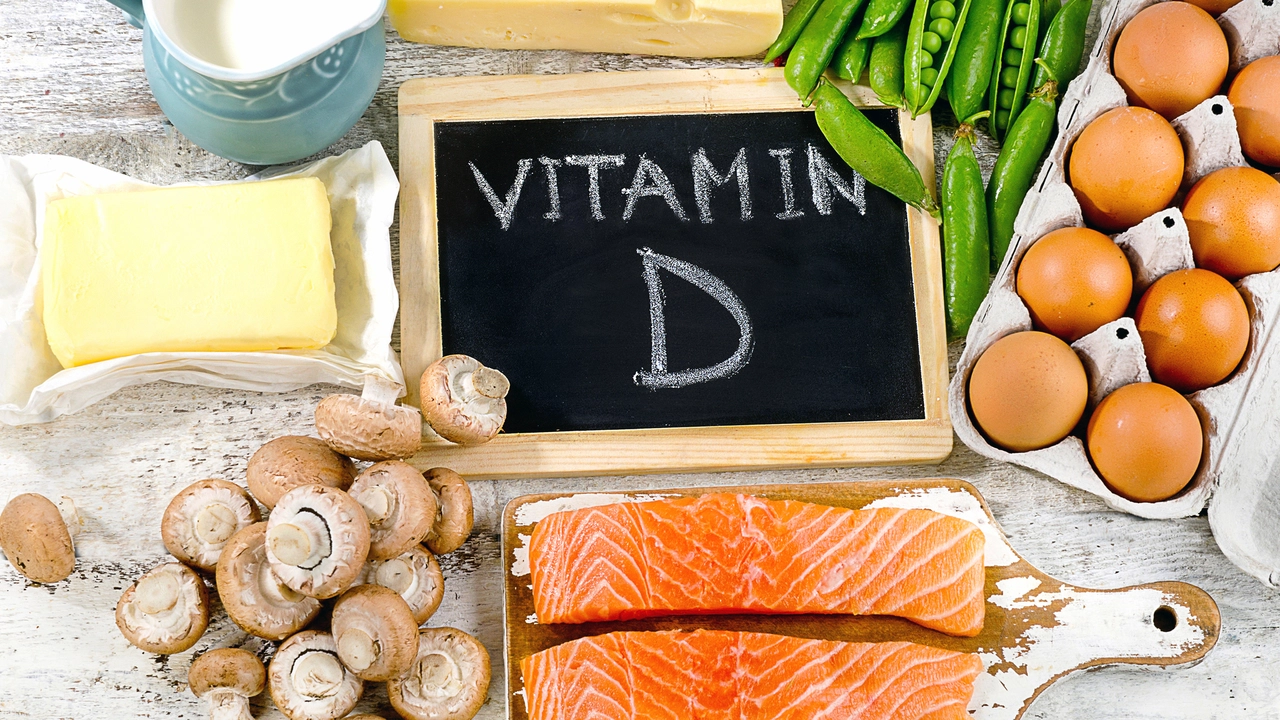If you’ve ever worried about your little one’s growing frame, rickets is the first thing you want to avoid. It’s not a mystery disease—just a sign that bones aren’t getting enough vitamin D or calcium. The good news? You can tackle it at home with a handful of everyday habits.
Rickets shows up when kids don’t get enough vitamin D, calcium, or phosphate to build solid bone tissue. Without these nutrients, the growth plates stay soft and can bend instead of harden. The most common culprits are limited sun exposure, dairy‑free diets, and living in high‑latitude areas where sunlight is scarce.
1. Get Safe Sunlight Daily. A 10‑minute walk outside between 10 am and 3 pm lets the skin make vitamin D. If you’re in a cloudy region, aim for 15–20 minutes a few times a week. Remember to protect delicate baby skin with lightweight clothing or a hat, but don’t over‑shade the whole body.
2. Boost Vitamin D Through Food. Fatty fish (salmon, mackerel), fortified milk, and egg yolks are natural sources. For picky eaters, fortified cereals or plant milks (soy, almond) can fill the gap. A single serving of fortified milk gives about 100 IU of vitamin D—most kids need 400‑600 IU daily.
3. Load Up on Calcium. Dairy is the classic source, but if your child avoids it, try leafy greens (kale, bok choy), tofu, and calcium‑fortified juices. Pair calcium‑rich foods with a little vitamin D to help absorption—think cheese on whole‑grain toast with a side of orange slices.
4. Consider Supplements Wisely. If sunlight or diet falls short, a pediatrician‑recommended supplement is the easiest fix. A chewable vitamin D3 tablet (400 IU) once a day does the trick for most children under two; older kids might need 600–1000 IU depending on their routine.
5. Keep an Eye on Risk Groups. Premature babies, kids with darker skin, and those who spend most time indoors are more vulnerable. Talk to a doctor about checking blood levels of vitamin D at regular check‑ups.
6. Stay Consistent With Check‑Ups. Pediatric visits often include growth charts that catch early signs of bone issues. If you notice delayed milestones, frequent leg pain, or bowing legs, bring it up right away.
Putting these steps together doesn’t require a major lifestyle overhaul—just a few minutes each day. Swap an extra glass of fortified milk for soda, add a quick sunny walk after dinner, and let your child’s favorite cereal do double duty as a vitamin booster.
Bottom line: rickets is preventable when you blend safe sun, smart food choices, and occasional supplementation. Keep the routine simple, watch for warning signs, and your kid will enjoy strong, healthy bones without a second thought.

Hello there! In today's post, we're discussing a vital topic, which is the role of Alfacalcidol in preventing Rickets in children. It's crucial for us, as parents, to understand what exactly Alfacalcidol is and how it plays an integral role in strengthening our children's health. I'll be providing information about this amazing form of Vitamin D and highlighting how its timely administration can contribute significantly towards the prevention of rickets. Stay tuned for an insightful read!
Using household spoons to dose children's medicine is dangerous and inaccurate. Learn why oral syringes and milliliter measurements are the only safe choice for kids' liquid medications.
If you're taking atazanavir for HIV, you have legal rights at work. Learn what accommodations you can request, how to ask for them, and how to protect yourself from discrimination-all without revealing your diagnosis.
The FDA uses Traceability Lot Codes to quickly track contaminated food batches, cutting outbreak response time from weeks to hours. Learn how the system works, which foods are covered, and what businesses must do to comply.
Using two patient identifiers in the pharmacy prevents deadly medication errors by ensuring the right person gets the right drug. Learn how barcode systems, documentation, and disciplined verification save lives.
Spot, measure, and manage fever in older adults. Learn causes, red flags, safe treatments, and when to seek urgent care. Clear steps, checklists, and expert-backed tips.